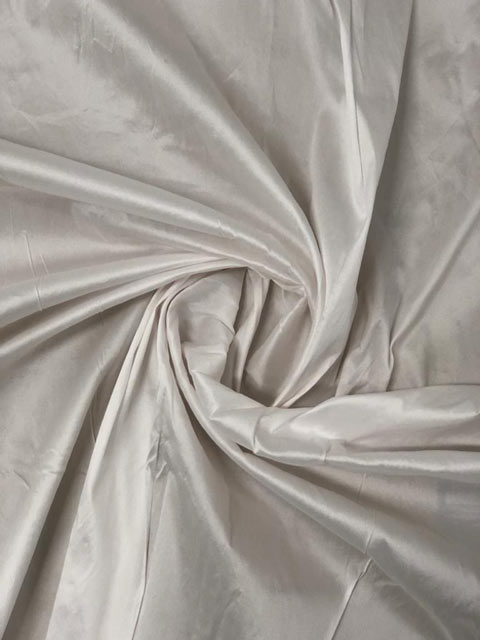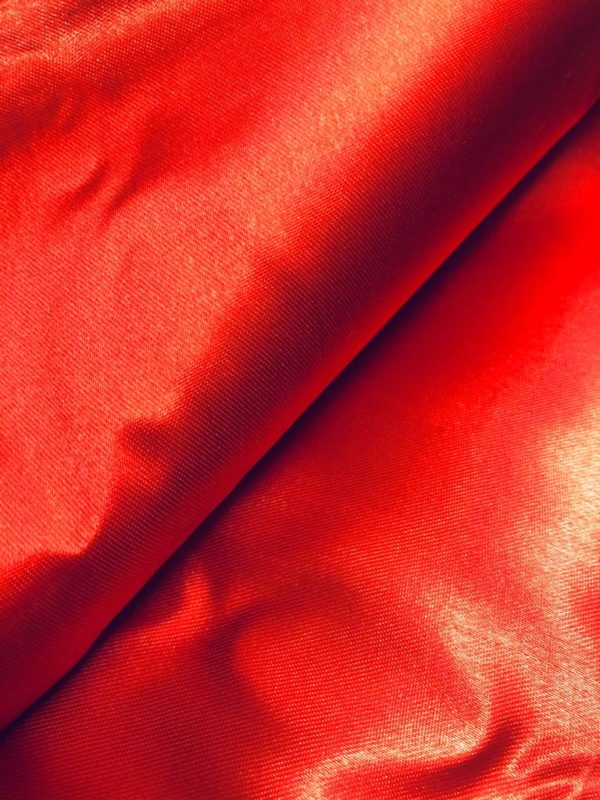
A Compact Guide to Satin Lining Fabric
Do you know the fact that satin is one of the three basic textile weaves, along plain weave and twill? The satin weave produces a fabric that is lustrous, silky, and elastic with a fantastic drape. Precisely, the satin fabric is characterized by a silky, softy, shiny surface on the front side, with a duller surface on the backside. This results from the satin weaving technique, and there exist multiple variations on what determines a satin weave.
The Characteristics of Satin Lining Fabric
Satin lining fabric is more flexible when compared to plain weave fabrics. Moreover, satin is often known for its glossy finish and elegant drape. The article suggests some of the characteristics of satin here.
Some Characteristics of Satin Lining Fabric are as follows:
Ø Shiny Front: You will find the soft right side of the satin fabric to be shiny, and the other side dulls due to the design of the warp & weft threads. Furthermore, satin feels soft and very luxurious when used to compose garments, etc.
Ø Gorgeous Drape: Because of the combination of fibers in the fabric and its flexibility, satin weaves produce a soft and comfortable drape, making them paragon for nightwear and curtains.
Ø Durable: Satin makes use of long filament fibers, which are woven in a pretty taut fashion. This is why the resulting material is more robust than many other plain weave fabrics.
Ø Wrinkle-Resistant: Satin doesn’t wrinkle as easily and quickly as other fabrics. However, if you consider thicker satins, you can stay relaxed as they are less prone to wrinkles.
Now that we have discussed the characteristics of satin lining fabric, it’s time to proceed on to learn its potential downsides.
Some Downsides of Satin Lining Fabric
Ø Snags Easily: The satin fibers can get caught in a satin weave without any difficulty, which often leaves unappealing snags.
Ø Challenging To Work With: As mentioned earlier, satin is a soft and slippery fabric; therefore, it can become unforgiving in the process of sewing.
Usage of Satin Lining Fabric
To be very honest, satin comes with a variety of uses, from interior decorating to fashion. Here are a few of the most famous uses of this lining fabric.
Ø Dresses: Satin stands as a staple for evening gowns as well as wedding dresses due to its elegant drape and lustrous feel.
Ø Upholstery: One of satin’s most pioneering applications in Europe was its usage in decorative furniture in the Palace of Versailles. Even today, satin is used for pillow coverings, chairs, curtains, and different kinds of cushioned furniture.
Ø Bed Sheets: Considering the fact that weave is flexible and soft, satin lining fabric is often utilized for bed linens.
Ø Footwear: From ballet sandals to designer heels, satin fabric has been a favorite fabric for shoe designers.
Ø Fashion Accessories: These days, even evening bags and clutches are also made from satin.
Satin Lining Fabric Care Guide: How To Care For It?
Cleaning and caring for satin relies essentially on the type of satin fabric. Satin made from synthetic fibers can be washed at home, while satin composed of silk demands to be dry cleaned. Although washing at home is okay, there are still some general guidelines that one should follow when washing the satin items at home. Some of the procedures are-
- Either washing by hand or on the delicate cycle in cold water with a mild detergent would be an ideal option.
- Do not hang dry satin or wring satin dry, as satin has the tendency to lose shape simply, so it is advisable to not wring the item.
- Never put items made up of satin fabric in the dryer. Rather, lay them flat to dry on a neat towel.
Conclusion
Hope, you found this post to be knowledgeable and helpful. Satin comes with great possibilities. They can be used as curtains, upholstery, dresses, fashion accessories, and much more. If you’re looking for fabrics, including satin or cotton fabrics, connect with us. The team at AKN Fabrics & Textiles would love to assist you. You can choose from a range of colors, designs, patterns, and fabrics.

